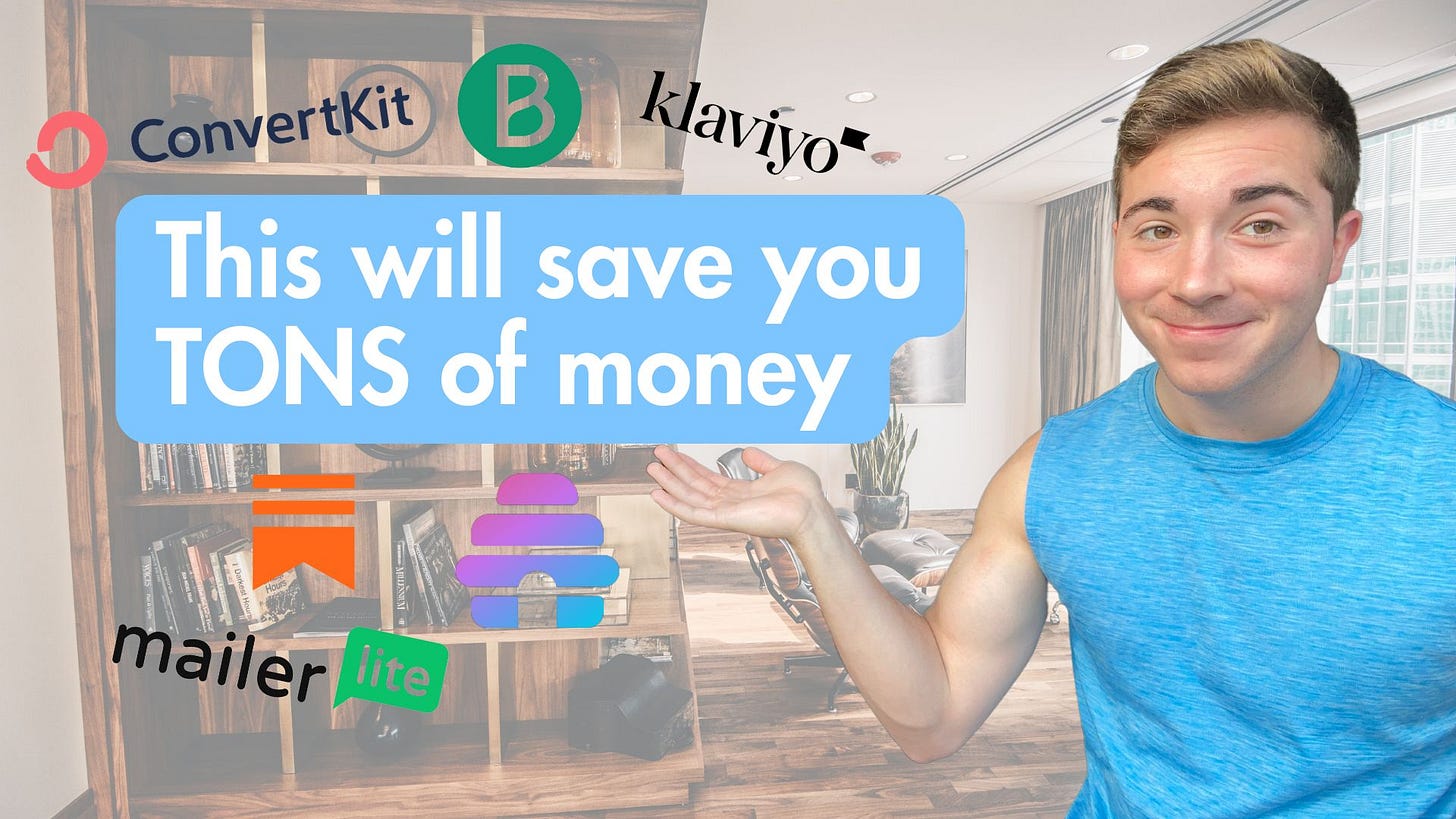Since the dawn of indie publishing, everyone imaginable has been beating the drum of “your reader newsletter is your author networth”.
Today is not another plea to convince you of that.
Instead, I want to help you turn your newsletter into cold hard cash by using the best platform for YOU.
The following top 5 Newsletter Platforms for Authors in 2025 are li…
Keep reading with a 7-day free trial
Subscribe to Author Sidekick by Michael Evans to keep reading this post and get 7 days of free access to the full post archives.




